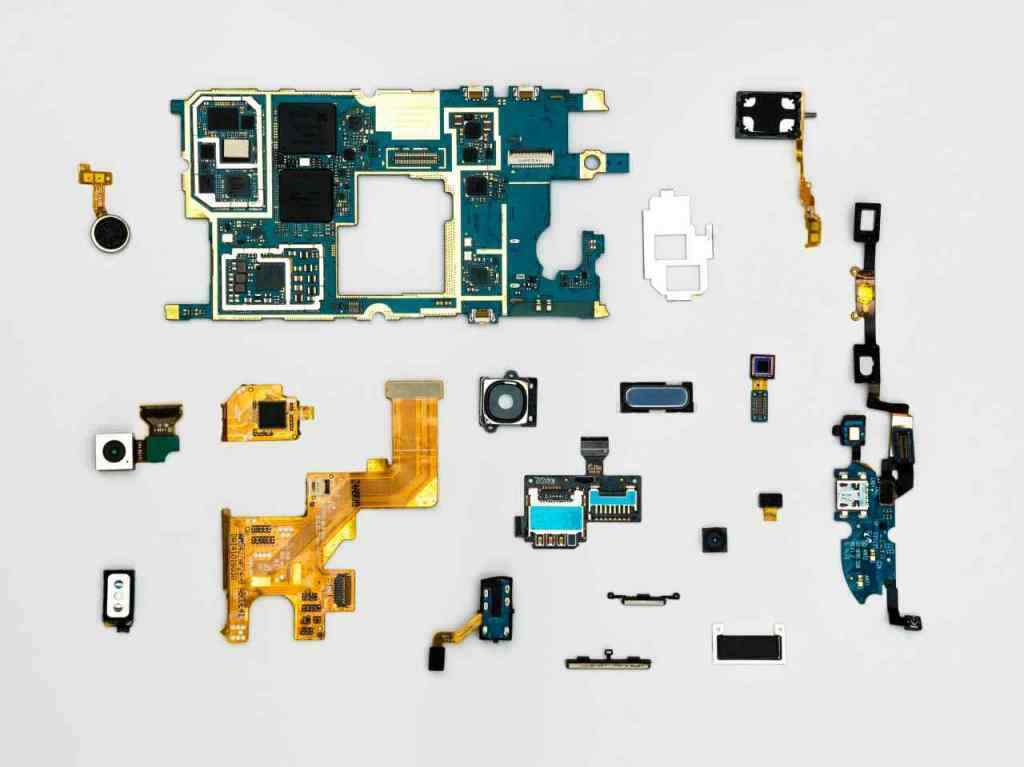Glitchy Computer Repair at NASA’s Jet Propulsion Laboratory (2024)
Imagine if NASA’s Jet Propulsion Laboratory (JPL), the brains behind countless space exploration missions, was brought to its knees because of a glitchy computer? This isn’t science fiction; it’s a real-life situation JPL engineers are grappling with right now.
The computer in question is a relic from the 1970s, a time when bell-bottoms and disco ruled. Built for a specific purpose, it’s unlike any modern commercial computer, making it a diagnostic and repair nightmare.
Challenges of the Repair Task
The biggest challenge is the computer’s custom design. It’s not like popping into Best Buy and swapping out a faulty motherboard. “This thing is like a snowflake,” said Dr. Emily Carter, lead engineer on the repair team. “There’s nothing else like it.”
Another headache is the computer’s age. It’s like trying to fix a Model T Ford with a smartphone repair kit. The lack of modern documentation and support systems makes troubleshooting a time-consuming and error-prone process.
The Glitchy Computer: A Conundrum for NASA
Challenges of the Repair Task
NASA’s Jet Propulsion Laboratory (JPL) is facing a daunting task: repairing a glitchy computer that’s essential for its mission operations. Built in the 1970s, this specialized computer is a far cry from modern commercial models, making it a nightmare to diagnose and repair. Its unique architecture and software, coupled with the lack of documentation and support systems, have engineers scratching their heads.
Additional Considerations
The repair task is further complicated by the scarcity of original hardware and software components. Finding skilled engineers familiar with this outdated technology is like searching for a needle in a haystack. To top it off, there’s the risk of losing sensitive data stored on the computer if the recovery process goes awry.
Efforts to Resolve the Issue
For the past six months, engineers have been toiling tirelessly to fix the glitchy computer. They’ve consulted experts, dug through archives, and experimented with various repair techniques. But despite their best efforts, the computer continues to malfunction, demanding further troubleshooting.
Significance of the Computer
This computer is not just any piece of equipment; it’s the lifeblood of NASA’s mission operations. Its failure could potentially jeopardize upcoming space exploration missions. The stakes are high, and the pressure is mounting to repair this critical system.
Conclusion
The glitchy computer at NASA’s JPL serves as a reminder of the challenges faced when dealing with outdated technology. Engineers are leaving no stone unturned in their quest to fix this vital system, but the road ahead is fraught with obstacles. As they continue to troubleshoot and experiment, the world watches with bated breath, eagerly awaiting the day when the computer is fully operational once again.
In the meantime, NASA’s engineers are an inspiration to us all. They exemplify the resilience and determination required to overcome seemingly insurmountable challenges. Their unwavering pursuit of a solution is a testament to their commitment to space exploration and the advancement of human knowledge.
